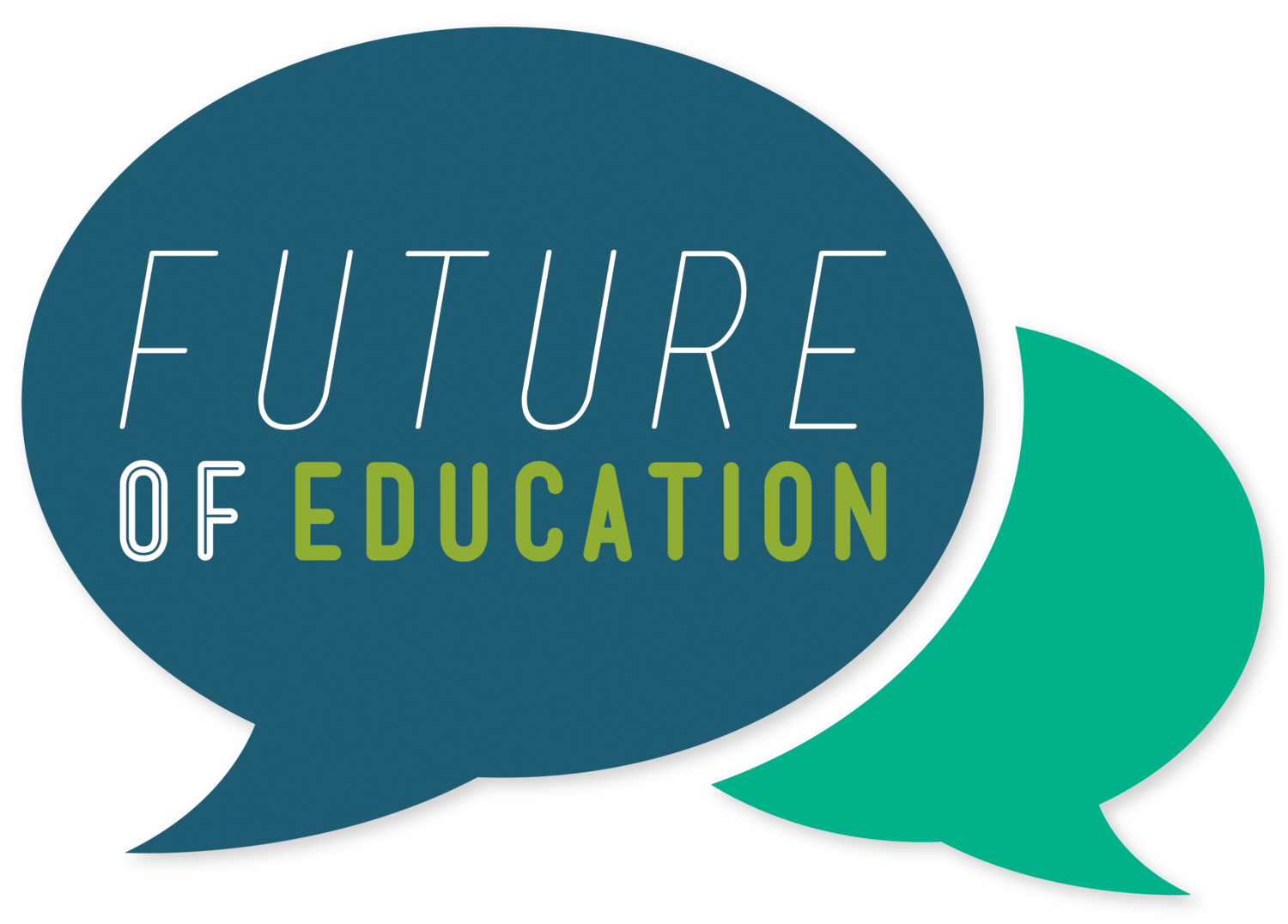An experience, a mentor, and the power of mentorship: a tribute
/But mentors and coaches ... also challenge you and encourage you to go to tough places and spaces – to do the thing that you most want to avoid because it scares you silly. They [do it]... because they know that it is in those spaces that we find out...who we are and where we stand.
Tena koe, e hoa, Jan. Nga mihi nui me te aroha nui ki a koe.
It was a privilege to finish a busy school term at Piritahi Marae on Waiheke Island. A group of leaders from Catholic Schools in Sydney and a smaller group of educationalists from schools and universities around New Zealand met at the Marae for a retreat to explore boundary breaking leadership. The retreat was designed and facilitated by my long-term mentor and coach, Dr Jan Robertson. Our professional association has now exceeded 25 years, and it has been one of continual learning for me. I have indeed been blessed to have had several wonderful long-term mentors and coaches during my educational leadership career.
It was thanks to Jan that I received many of my early educational leadership opportunities (such as attending a conference of 100 school leaders from around the world in Beijing (2006) and partnering with Jan in a Research Associateship with the College of School Leadership and University of Warwick in the UK- 2004) where I met (and even interviewed) world class educationalists - people who had been my education heroes and who I had cited in academic writing.
But mentors and coaches don’t just help you gain opportunities for overseas trips, or support job applications, they also challenge you and encourage you to go to tough places and spaces – to do the thing that you most want to avoid because it scares you silly. They don’t do that because they enjoy others’ discomfort, but because they know that it is in those spaces that we find out (or sometimes remember) who we are and where we stand.
It was both a privilege and frightening to be asked by Jan to do the karanga (the call) on behalf of our group (manuhiri) as we were welcomed onto Piritahi Marae. It would be a first for me, and I felt completely unprepared, and I was a little unsure, as a pakeha, about stepping into such a sacred space. However, my thanks go to Amaria and Sara Picard who encouraged me and practiced with me in the Amesbury Hall one Monday morning. However, no matter how prepared I was, it didn’t help the nerves, and I was nearly sick with fear as I approached the Marae that day.
The moment arrived, and as we walked on, I became aware of my colleagues walking closely behind me, protecting my back and ardently lending their strength to me. In that moment, my nerves disappeared, and my voice rang out clear and strong, “Karanga mai ra e te iwi e. Karanga mai ra, karanga mai ra, karanga mai ra.”
Some years ago, I attended a four-day leadership dialogue and at the end of it, I had one of those “aha” moments, in which I made a vow to myself to never, ever again experience regret because I hadn’t taken hold of an opportunity with both hands, no matter how uncomfortable or just plain scary. Well, that’s what I did. I held true to my vow and though it was tempting to pass on the opportunity to do my first karanga, I didn’t, and, as a result, I learnt about the power of the group. Though I did the karanga on my own, I wasn’t alone. Jan, my coach and mentor, my colleagues, and those who had gone before, were all there supporting me and silently cheering me on.
She had done it again! Never one to shy away from challenging those she mentors, and always asking the hard questions, Jan saw an opportunity to do better than talk about boundary breaking leadership; instead, she let me experience it. In that moment of absolute fear and discomfort, I found out more about who am I, where I stand and who I stand with.
I am so grateful for such opportunities and for people who care about my growth and development. I am grateful for (not always easy) opportunities to see the world differently and to grow as a result. I went on a retreat in 2017, and I came back different.
And it continues. The other day Jan reached out to me with a request. I responded and told her what’s on my mind. She responded with, “Let’s talk next week.” I am fully expecting a conversation that will challenge me to move out of my comfort zone and go in a direction that scares me silly. And I’ll show up – scared but grateful and ready to take on the challenge because if Jan has taught me anything, it’s that’s where growth happens.
Revised from 2017.




















